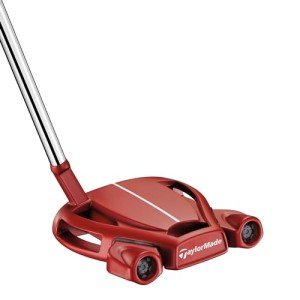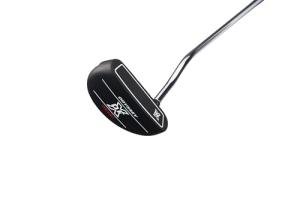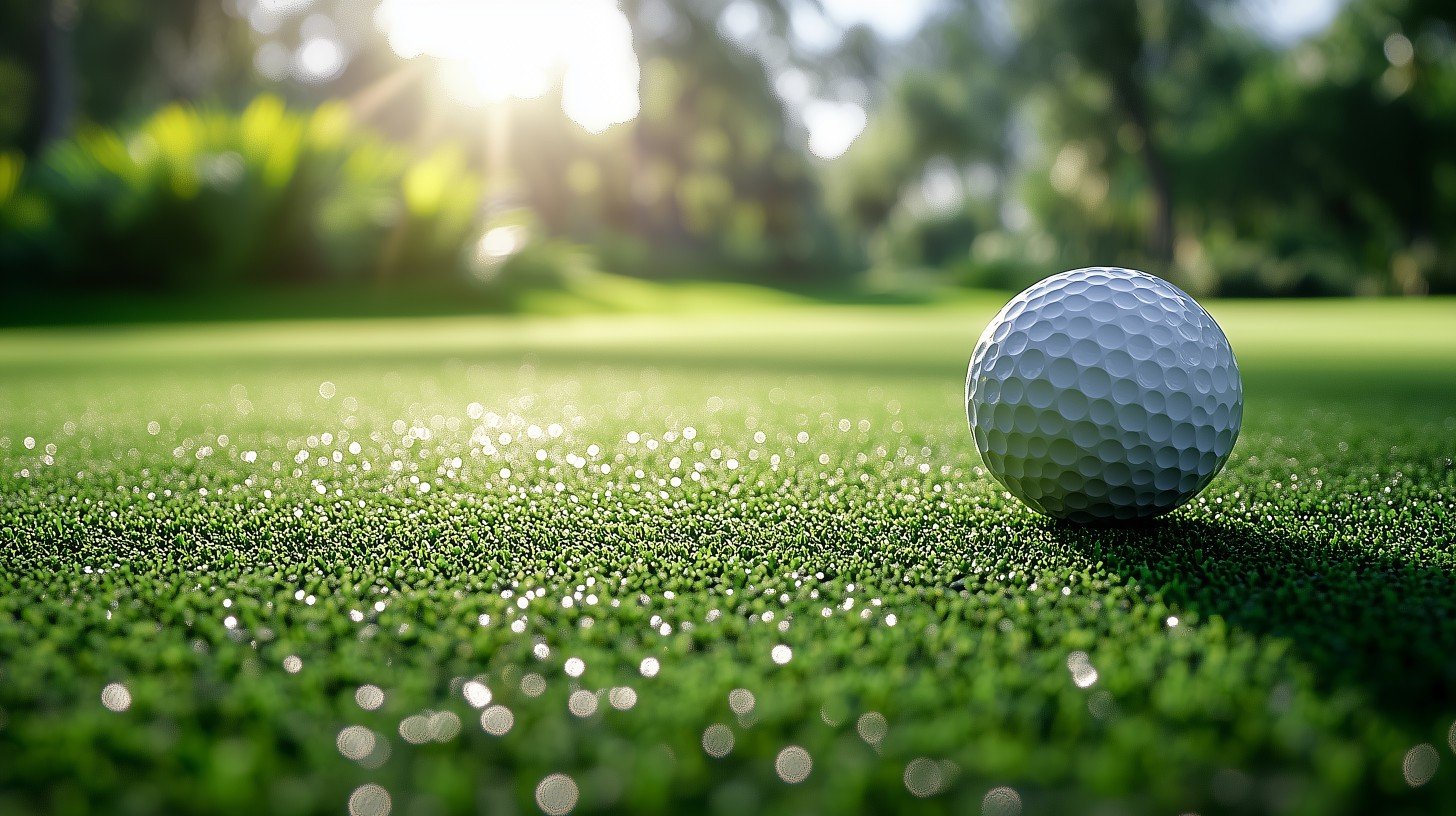Are there different kinds of golf putters?
Yes, there are different types of golf putters, and each type is designed to suit different putting styles and preferences. The main types of putters are categorized based on their head design, weighting, and shaft alignment. Here's an overview:
TaylorMade Spider RED Putter #3 for Better Putting
Experience enhanced accuracy and confidence on the green with this top-of-the-line putter designed for better performance
Product information
$249.99
Product Review Score
4.85 out of 5 stars
43 reviewsProduct links
1. Blade Putters
- Design: Slim and minimalist, with a small sweet spot.
- Best For: Golfers with an arc-style putting stroke.
- Advantages: Offers great precision and feel for experienced players.
- Drawback: Less forgiving on mishits compared to other designs.
2. Mallet Putters
- Design: Larger, rounded head with more weight distributed around the perimeter.
- Best For: Golfers with a straight-back, straight-through putting stroke.
- Advantages: Highly forgiving with improved stability and alignment aids.
- Drawback: Can feel bulkier compared to blade putters.
3. Mid-Mallet Putters
- Design: A hybrid of blade and mallet putters, offering a compact head with some mallet-like characteristics.
- Best For: Golfers who want a balance of feel and forgiveness.
- Advantages: Combines the precision of a blade with the forgiveness of a mallet.
- Drawback: May not provide as much stability as a full mallet.
4. Face-Balanced Putters
- Feature: The face points upward when balanced on your finger.
- Best For: Golfers with a straight-back, straight-through putting stroke.
- Advantages: Promotes minimal face rotation during the stroke.
- Drawback: Less suited for arc-style strokes.
5. Toe-Hang Putters
- Feature: The toe points downward when balanced on your finger.
- Best For: Golfers with an arc-style putting stroke.
- Advantages: Allows for natural face rotation during the stroke.
- Drawback: Requires more precision and control.
6. Center-Shafted Putters
- Design: The shaft connects to the center of the putter head.
- Best For: Golfers who prefer to position their eyes directly over the ball.
- Advantages: Offers a straight aim and is effective for straight-back, straight-through strokes.
- Drawback: Can feel less natural for players with an arc stroke.
7. Counterbalanced Putters
- Feature: Extra weight is added to the grip end of the shaft to promote a smoother stroke.
- Best For: Golfers who struggle with controlling putter head movement.
- Advantages: Reduces hand and wrist action, improving stroke stability.
- Drawback: The heavier weight may take time to get used to.
Callaway Odyssey DFX Putter with Oversized Grip
Experience improved stability and accuracy on the greens with this comfortable, oversized grip putter
Product information
$149.99
Product Review Score
4.41 out of 5 stars
26 reviewsProduct links
Choosing the Right Putter
Your choice of putter depends on several factors, including:
- Putting Stroke: Determine whether your stroke is straight-back and straight-through or has an arc.
- Feel: Test different putters to see which provides the best feedback and control.
- Alignment: Look for putters with alignment aids if you struggle with accuracy.
- Green Conditions: Faster greens may favor putters with softer faces, while slower greens may benefit from firmer ones.
By experimenting with different types, you'll find a putter that complements your style and improves your consistency on the greens.


